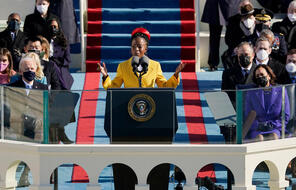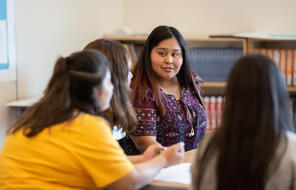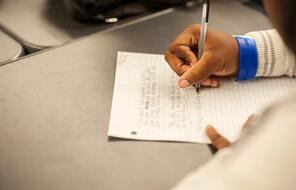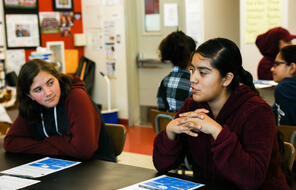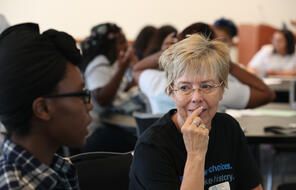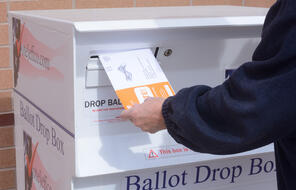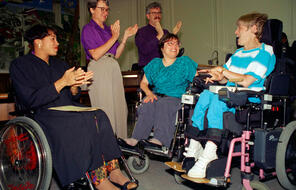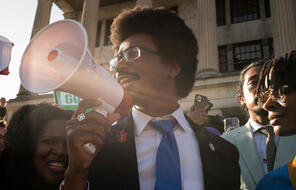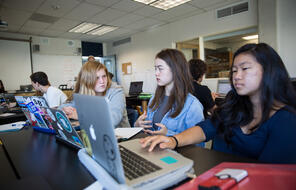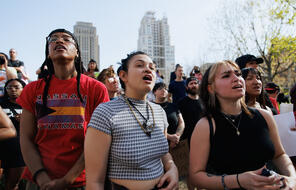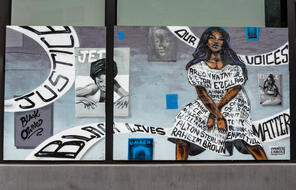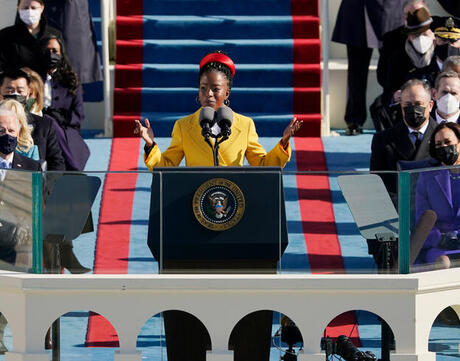
Reflecting on Amanda Gorman's "The Hill We Climb"
At a Glance
Language
English — USSubject
- English & Language Arts
- History
- Social Studies
Grade
6–12- Democracy & Civic Engagement
Overview
About This Mini-Lesson
On January 20, 2021, 22-year-old Amanda Gorman made history as the country’s youngest inaugural poet. Only four previous presidents have invited poets to speak at their inaugurations, lending their voices and visions for the country to these historic moments.
Gorman—poet, activist, and author—has been speaking on issues of social justice since she was a teenager growing up in Los Angeles. In a 2017 The Project for Women interview, having just been named America’s first National Youth Poet Laureate, Gorman reflected on the power of poetry, explaining, “The fight for social injustice not only inspires my writing but my life’s work. Through poetry I can speak to both the world’s problems and its solutions, as well as the microcosms of conflict inside myself. I love writing poetry because it is innately cutting-edge; as a black female poet, every time I take the stage I have a new opportunity to defy limitations placed on the art, contributions, and leadership of creative women of color.” 1
Amanda Gorman’s Inauguration Day poem, “The Hill We Climb,” is a powerful call to action focusing on themes of hope, unity, healing, and resilience. In this Teaching Idea, students reflect on these themes and consider how their own unique experiences and voices can help America “forge a union with purpose.”
- 1Amanda Gorman quoted in Lauri Levenfeld, “Amanda Gorman,” The Project for Women, October 4, 2017.
Activities
If you have 20 minutes:
Help students learn about the inaugural poet Amanda Gorman and examine her ideas about unity and “forg[ing] a union with purpose” as a class.
If you have a full class period:
Watch a recording of Amanda Gorman’s recitation of “The Hill We Climb” and then do a close reading of a section of the poem in order to consider Gorman’s call to action.
Materials and Downloads
Resources from Other Organizations
Additional Resources
Unlimited Access to Learning. More Added Every Month.
Facing History & Ourselves is designed for educators who want to help students explore identity, think critically, grow emotionally, act ethically, and participate in civic life. It’s hard work, so we’ve developed some go-to professional learning opportunities to help you along the way.
Exploring ELA Text Selection with Julia Torres
On-Demand
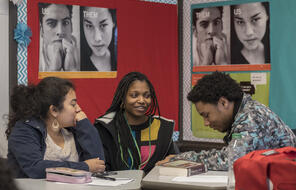
Working for Justice, Equity and Civic Agency in Our Schools: A Conversation with Clint Smith
On-Demand
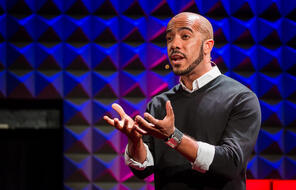
Centering Student Voices to Build Community and Agency
On-Demand


